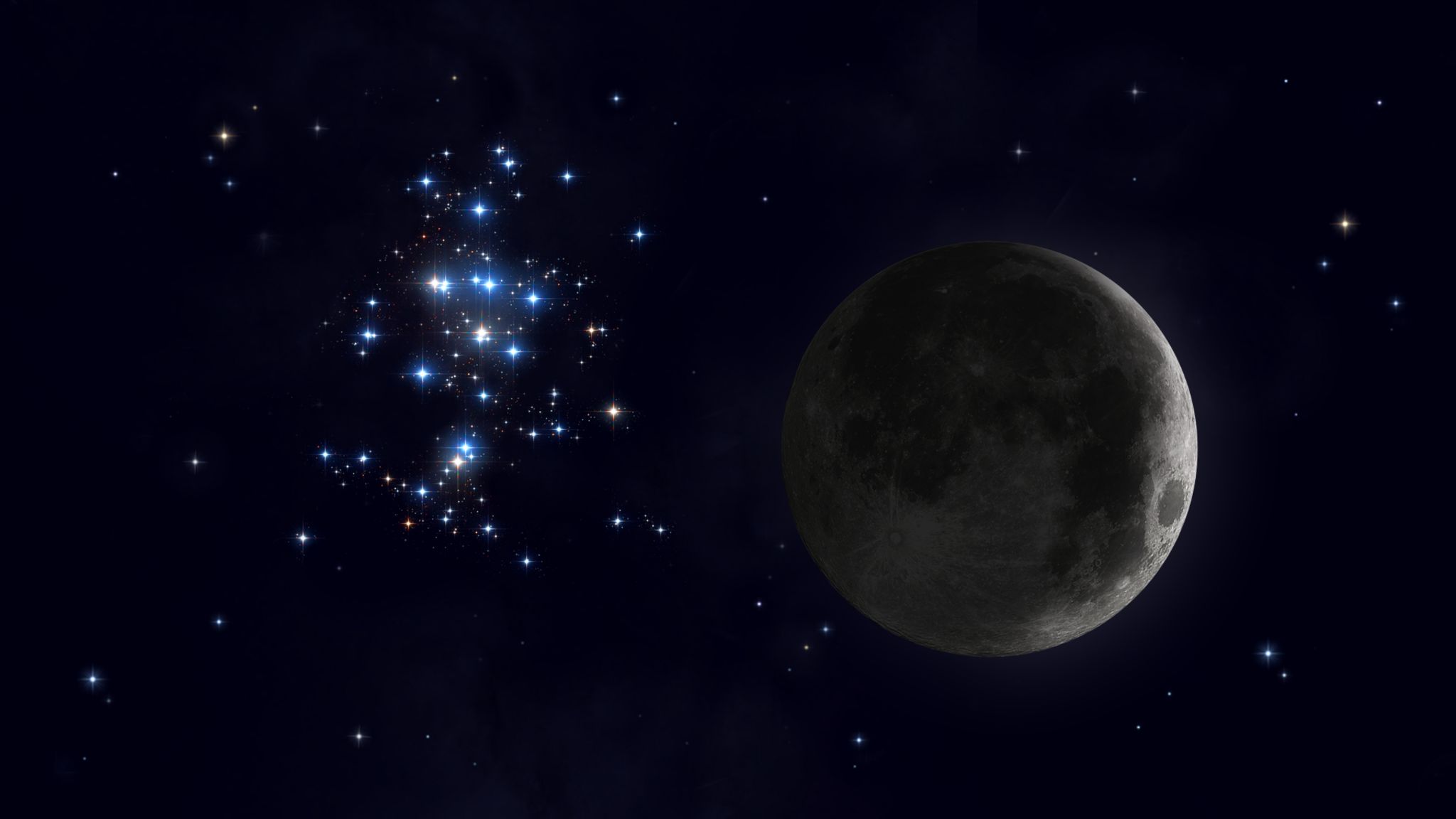Close approach of the Moon and M44
Have you ever seen the brightest deep sky object in the constellation Cancer? To the naked eye, the Beehive Cluster looks like a small nebulous object with the total apparent magnitude of 3.1. In fact, it contains a thousand stars and can be easily found in binoculars.
On Thursday night, the waxing crescent moon will move into Cancer (the Crab). The moon will set a little before midnight local time. Once the sky becomes fully dark, grab your binoculars and head outside. The moon will be situated within a few finger widths to the lower right (west) of the big open star cluster called the Beehive (or Messier 44).
The slim moon and the cluster’s loose knot of dozens of stars should all fit within your binoculars’ field of view. Just put the moon in the lower right part of the binoculars’ view and look for lots of stars in the upper left. To help you navigate Asellus Australis, Cancer’s brightest star, will shine about two finger widths to the left of the star cluster. Use that star to find the Beehive even after the moon moves away.
Star Walk 2 will help you to find any sky object according to your current location. Keep up our news and learn more about upcoming sky events!
